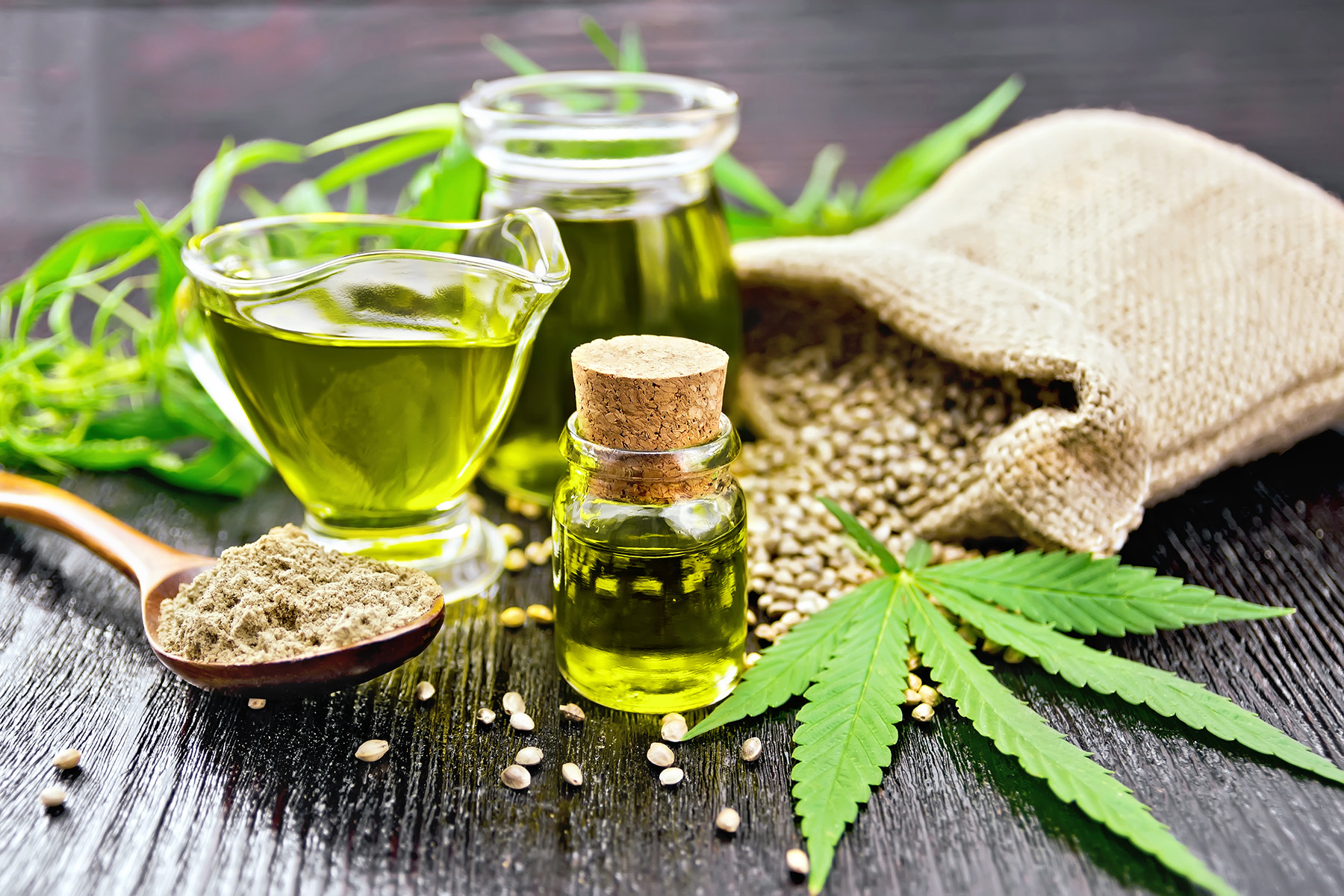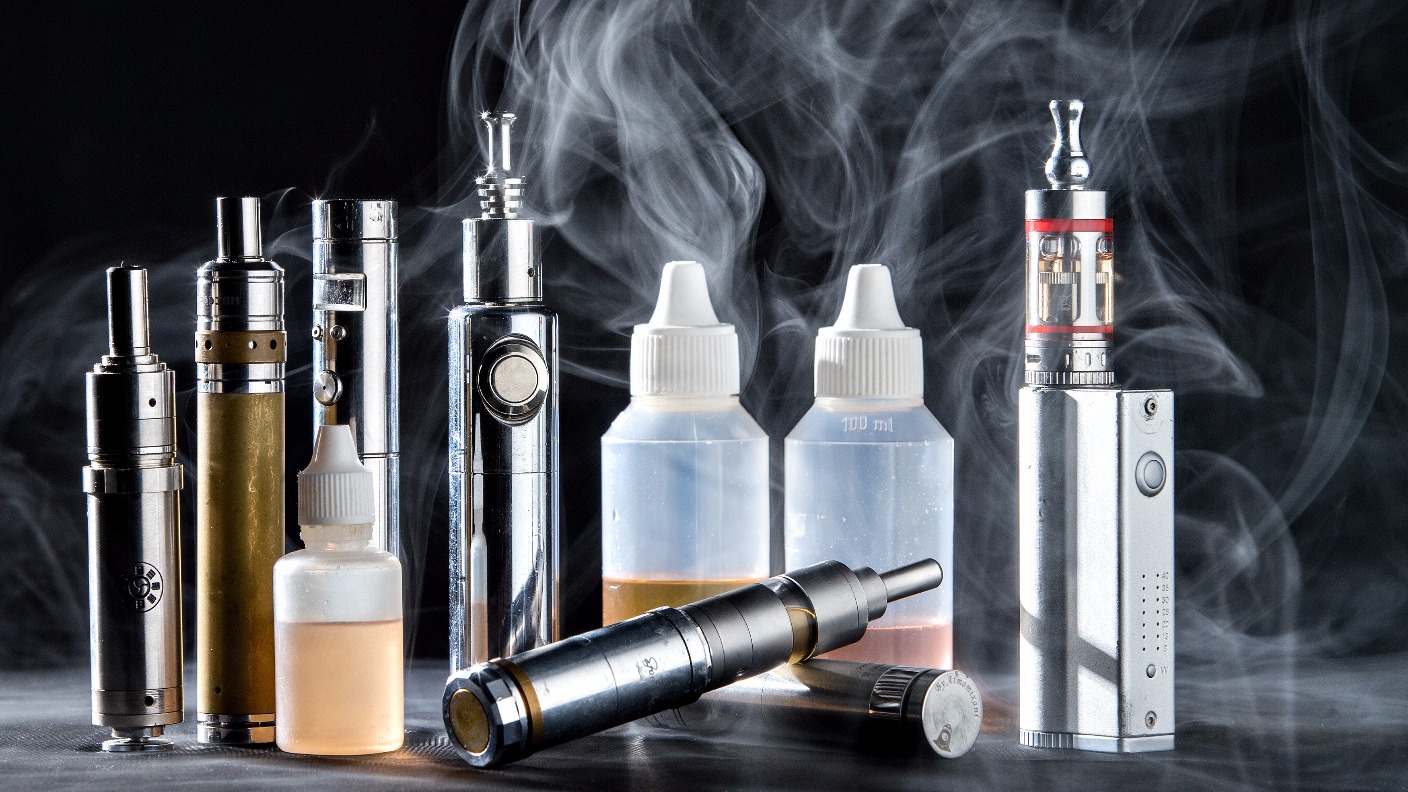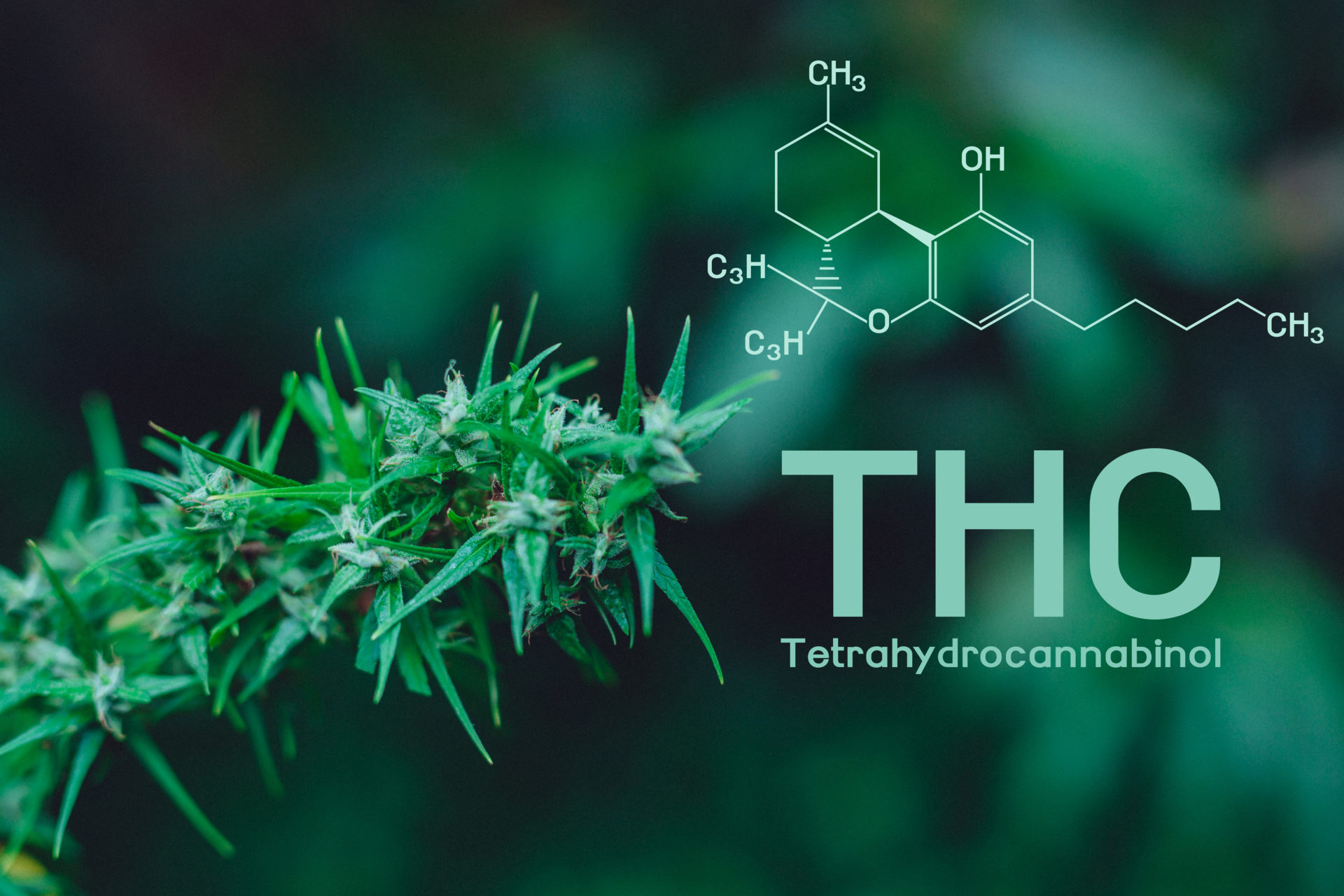Comprehensive Guide to Cannabigerol (CBG)

Introduction
Cannabigerol (CBG) is a non-psychoactive cannabinoid found in the cannabis plant. Often referred to as the “mother cannabinoid” or “stem cell” of cannabinoids, CBG plays a significant role in the complex chemical makeup of the cannabis plant. As the scientific community and consumers alike continue to explore the therapeutic potential of cannabinoids, CBG has gained recognition for its unique properties and potential health benefits. In this comprehensive guide, we will delve into what CBG is, its potential effects, sources, and the current state of research surrounding this fascinating compound.
Understanding Cannabigerol (CBG)
CBG is one of over 100 different cannabinoids found in the cannabis plant. It is considered a minor cannabinoid, which means it is typically present in lower concentrations compared to the more well-known cannabinoids like tetrahydrocannabinol (THC) and cannabidiol (CBD).
CBG is known for its role in the biosynthesis of other cannabinoids. In the cannabis plant, CBG is the precursor to both THC and CBD, as well as various other minor cannabinoids. As the plant matures, CBG is gradually converted into these other cannabinoids, which is why it is often found in relatively low concentrations in mature cannabis plants.
Potential Effects and Benefits of CBG
While scientific research on CBG is still in its early stages, initial studies and anecdotal evidence suggest several potential effects and benefits associated with this cannabinoid:
- Anti-Inflammatory: CBG has demonstrated anti-inflammatory properties in animal studies, which may have implications for managing inflammation-related conditions such as arthritis or inflammatory bowel disease.
- Pain Relief: Some research suggests that CBG may offer pain-relieving properties, potentially making it beneficial for individuals dealing with chronic pain.
- Neuroprotection: CBG has shown potential as a neuroprotective agent, which means it may help protect nerve cells from damage, offering potential benefits in conditions like neurodegenerative diseases.
- Antibacterial: CBG has exhibited antibacterial properties and may be useful in combating bacterial infections, making it an area of interest for research on antibiotic resistance.
- Appetite Stimulation: CBG may stimulate appetite, a potential benefit for individuals with appetite-related issues.
- Glaucoma Management: Some early research suggests that CBG may help lower intraocular pressure in the eyes, which could be beneficial for individuals with glaucoma.
- Mood Enhancement: CBG may have mood-enhancing effects, potentially contributing to stress and anxiety relief.
- Potential Anti-Cancer Properties: Preliminary studies on animals have indicated that CBG may inhibit cancer cell growth, making it a subject of interest in cancer research.
It’s important to note that research on CBG is still in its infancy, and more comprehensive studies, particularly involving human subjects, are needed to confirm these potential effects and benefits.
Sources of CBG
CBG is most abundant in the early stages of the cannabis plant’s growth, before it matures into THC or CBD. To obtain higher concentrations of CBG, cannabis cultivators often harvest the plants at an earlier stage.
In addition to its presence in cannabis, CBG can also be found in hemp. Hemp plants contain relatively low levels of THC, making them a legal and accessible source of CBG.
Manufacturers extract CBG from both cannabis and hemp plants to create CBG products, such as oils, tinctures, capsules, and topicals.
Legal Status of CBG
The legal status of CBG depends on the source of the compound. If CBG is derived from hemp, it is typically considered legal in many countries, including the United States, provided it contains less than 0.3% THC, in accordance with the 2018 Farm Bill.
However, the legal status of CBG derived from cannabis can vary significantly by jurisdiction, as it may be subject to stricter regulations and restrictions due to the presence of higher levels of THC in cannabis.
It is essential for consumers to be aware of the specific laws and regulations regarding CBG in their area. Using, possessing, or distributing it in places where it is illegal can result in legal consequences.
Safety and Considerations
When considering the use of CBG or CBG products, it’s essential to consider the following:
- Dosing: Start with a low dose and gradually increase it if needed. Individual responses to CBG can vary, so understanding your personal tolerance is important.
- Legality: Be aware of the legal status of CBG in your area and adhere to all relevant regulations.
- Quality and Purity: Choose CBG products from reputable sources that provide transparency and third-party lab testing results to ensure product purity.
- Responsibility: Consume CBG products responsibly and in a controlled environment, especially if you are new to cannabinoids.
- Health Considerations: Consult with a healthcare professional if you have any underlying health conditions, are pregnant or nursing, or are taking medication. CBG may interact with other medications or have unpredictable effects.
- Potential Risks: Although CBG is generally considered safe, it is a relatively new area of research, and the long-term effects and potential risks of CBG use are still being studied.
The Current State of Research
While CBG is generating interest for its potential effects and benefits, it’s crucial to acknowledge that research is still in its early stages. Many of the studies on CBG have been conducted on animals, and more comprehensive human studies are needed to confirm its therapeutic potential.
The limited body of research makes it challenging to provide definitive insights into the specific uses and benefits of CBG. As scientific knowledge about this cannabinoid continues to expand, individuals exploring CBG should stay informed and consider it as part of a comprehensive approach to health and well-being.
Conclusion
Cannabigerol (CBG) is an intriguing cannabinoid with the potential for a wide range of effects and benefits. As research on CBG continues to evolve, it offers a promising avenue for those interested in the therapeutic potential of cannabinoids.
As with any cannabinoid product, it’s essential to exercise caution, conduct research, and follow local regulations when considering the use of CBG. Understanding your personal response to CBG, starting with a low dose, and consulting with a healthcare professional if you have concerns are important steps in responsible and safe consumption. Ultimately, CBG represents a significant addition to the world of cannabinoids, offering potential benefits and applications for individuals seeking alternative approaches to wellness.
- Kratom Capsules By Just Kratom-Capsule Chronicles: Navigating Just Kratom’s Kratom Capsules for a Personalized Experience! - March 12, 2024
- A Comprehensive Guide to CBD Healthy Apple Pie Oatmeal Cookies - November 2, 2023
- Comprehensive Guide to Cannabigerol (CBG) - November 2, 2023



